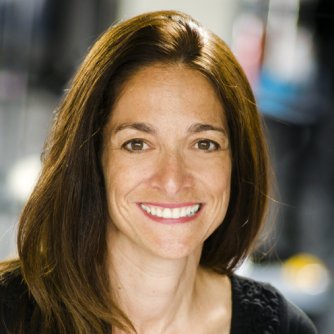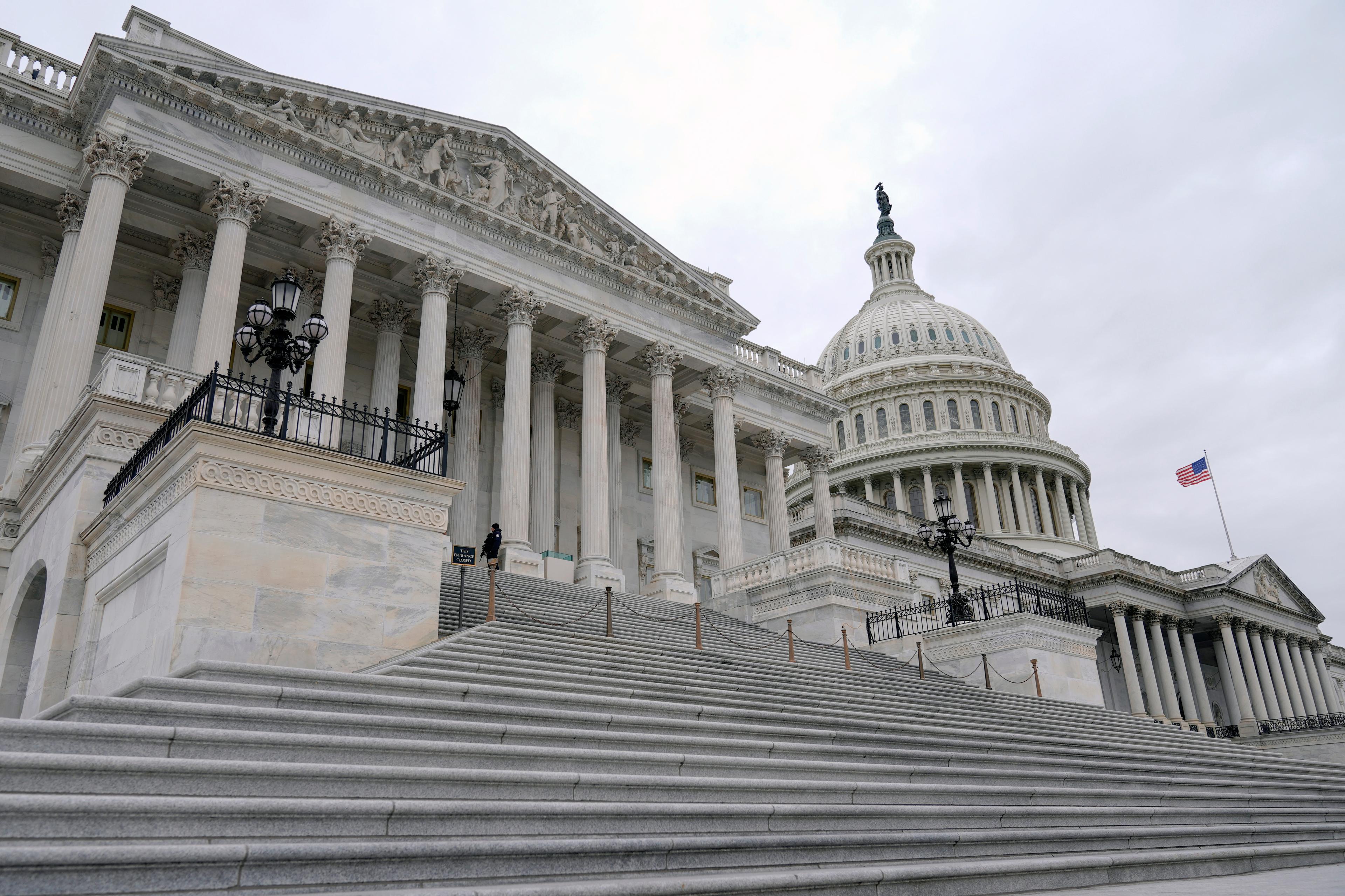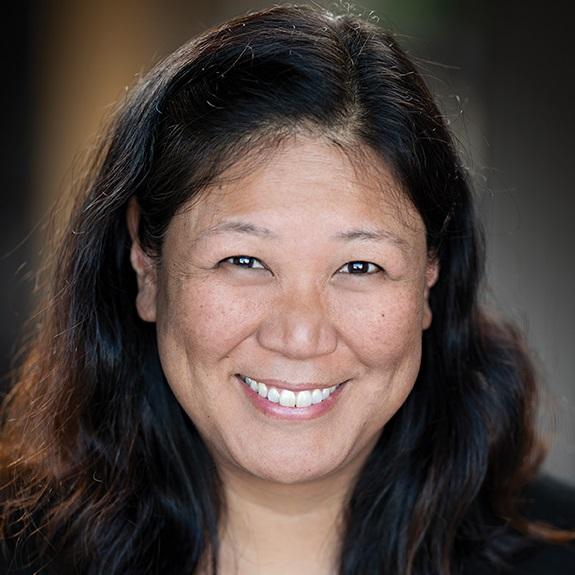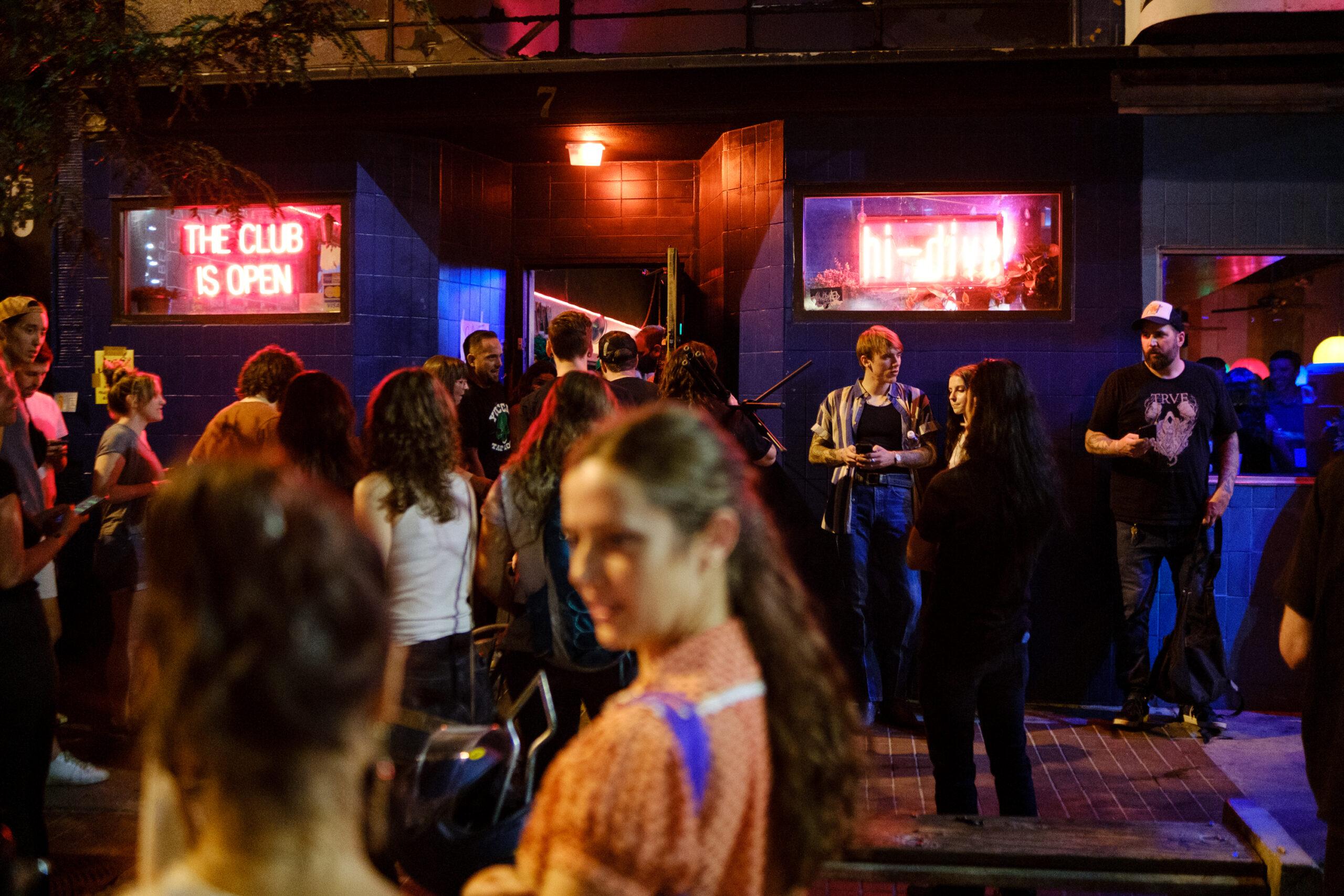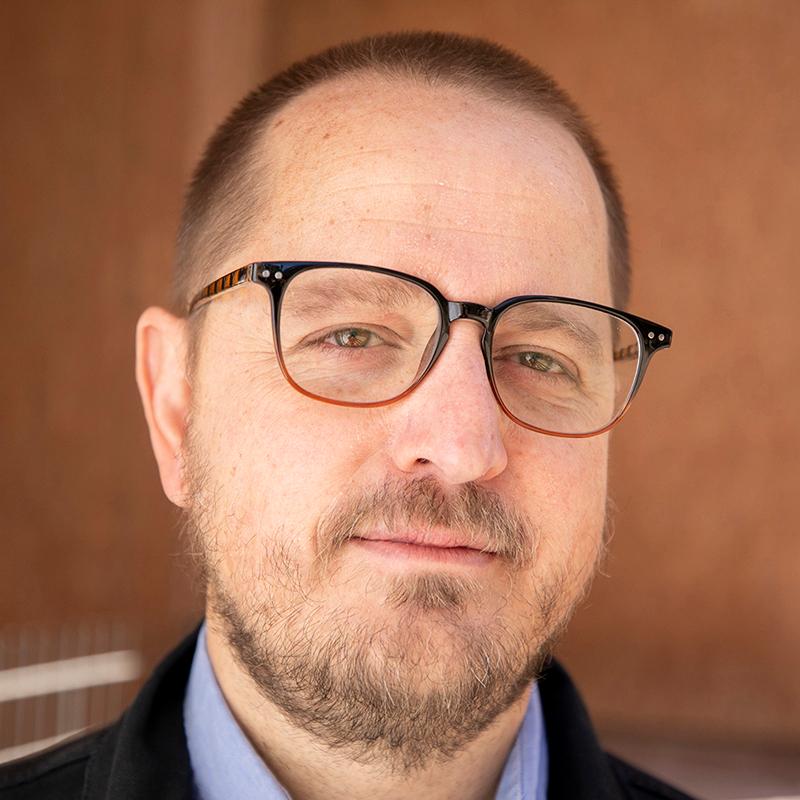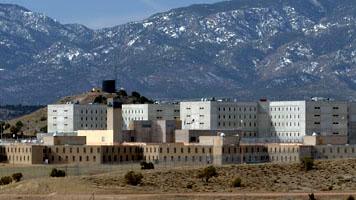

An empty prison southwest of Colorado Springs is emblematic of a dramatic shift in how the state treats inmates. The prison -- known as CSP II-- was finished in 2010 and was designed exclusively to house people in solitary confinement.
Since then, the state's use of solitary is down, but taxpayers are still paying tens of millions of dollars a year for the prison. The Colorado Department of Corrections is considering how to re-purpose the facility. Christie Donner is with the Colorado Criminal Justice Reform Coalition. She opposed building the prison from the beginning. Donner spoke with CPR's Andrea Dukakis.
On growing use of isolation for Colorado inmates in the 1990's:
"All of a sudden we started to put more and more people into solitary confinement and for longer periods of time as a prison management tool."
On how Colorado used solitary confinement compared to other states:
"What first caught our attention was when we started to look at other states and how many people...they [had] in solitary confinement and Colorado was consistently multiple times higher than the national average...and we kept saying, well how come they can do it different in Kansas and how come they can do it in pretty much every other state in the country and how is it that Colorado has people in prison that are worse than every other state. "
On the numbers of mentally ill prisoners that were being housed in isolation:
"What we saw that was extremely extremely concerning was the number of people with serious mental illness [in isolation]. There [were] people who have serious mental illness that are not being treated so of course they have behavioral problems. They may not be more violent but they're not cooperative, they're not compliant and that's what prison officials really want is people to follow the rules. It just makes life easier for everyone if people follow the rules...and I think that was really the genesis of the growth in the use of solitary confinement...it was really a way of managing seriously ill inmates."
When the approach to solitary confinement began to change under the leadership of Colorado's former director of prisons, Tom Clements:
"What he shared with me was that for mentally ill inmates, administrative segregation or solitary confinement is not the appropriate management tool. You really do have to look at other strategies...he said even where you might have gang activity or other types of problems in the facility that you want to respond to, often times administrative segregation [isolation] can make things worse."
On when isolation is necessary:
"Sometimes you have to have to isolate people...so without question there is a valid argument that...in very limited circumstances and probably for very limited periods of time, you might need to segregate somebody into solitary. "
On what to do with the empty facility:
"I think given the history of this facility, we should stop throwing good money after bad. When this prison was authorized in 2003, we didn't need it, we did a form of debt financing for it, so it's ridiculously expensive. It's actually going to cost about $182 million once we pay it off...they're paying 20 million dollars a year...for an empty facility."
